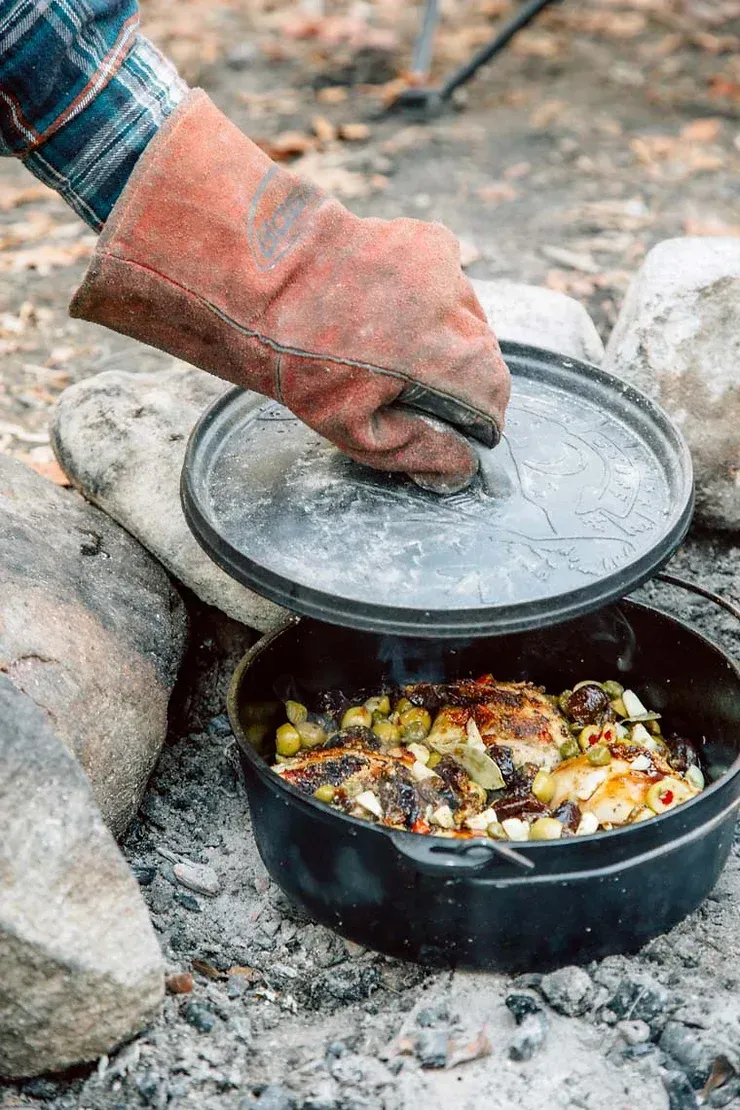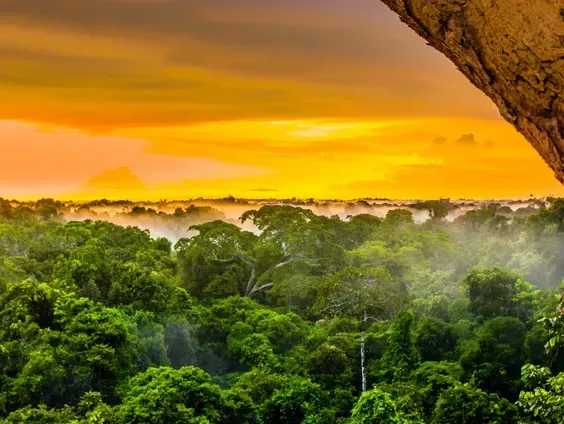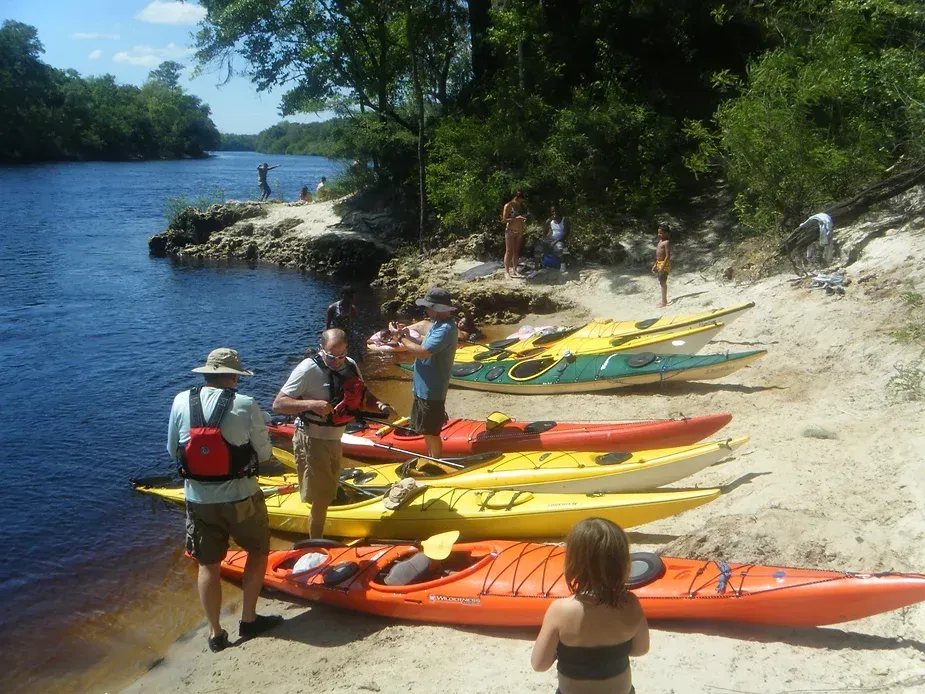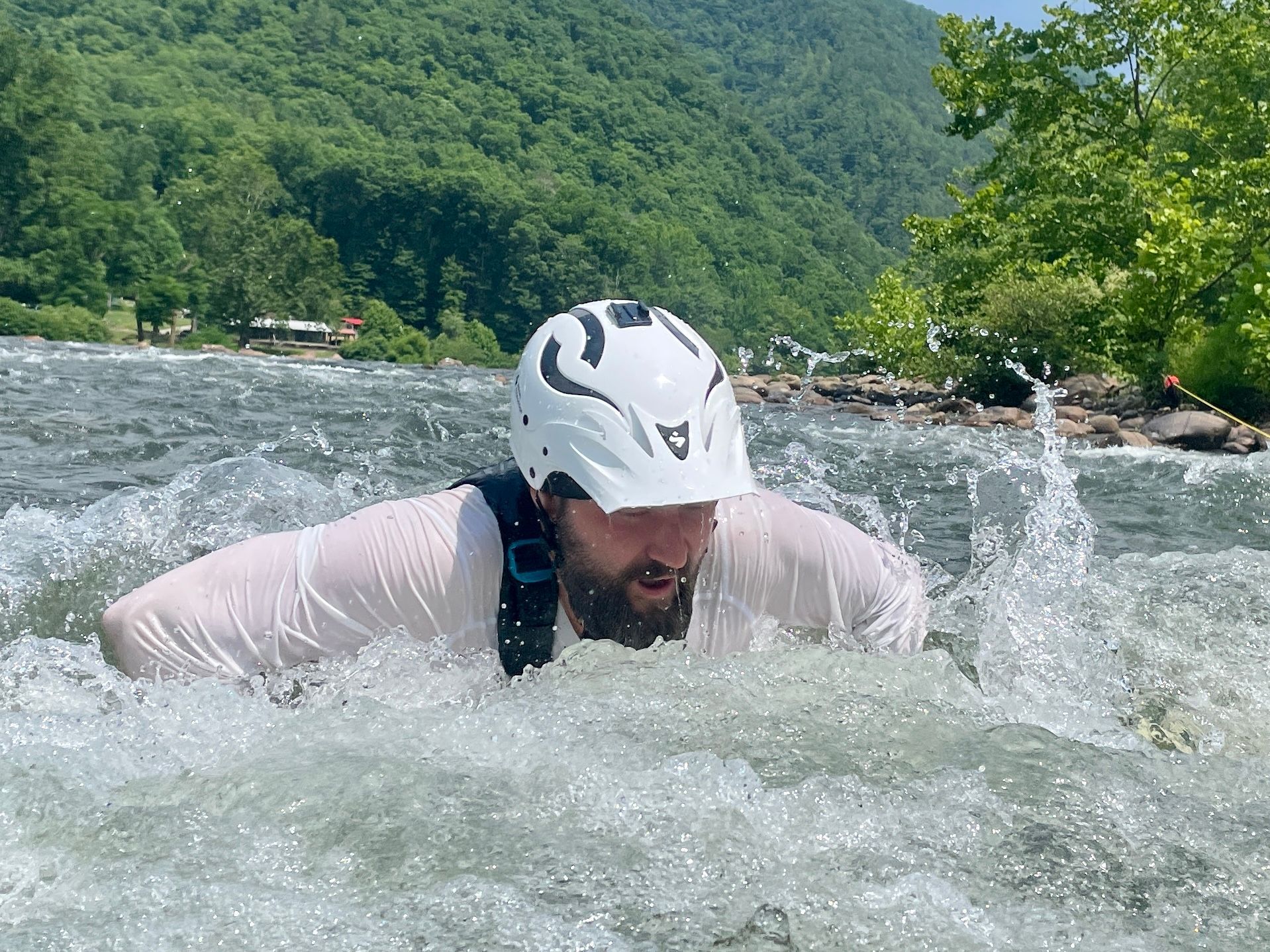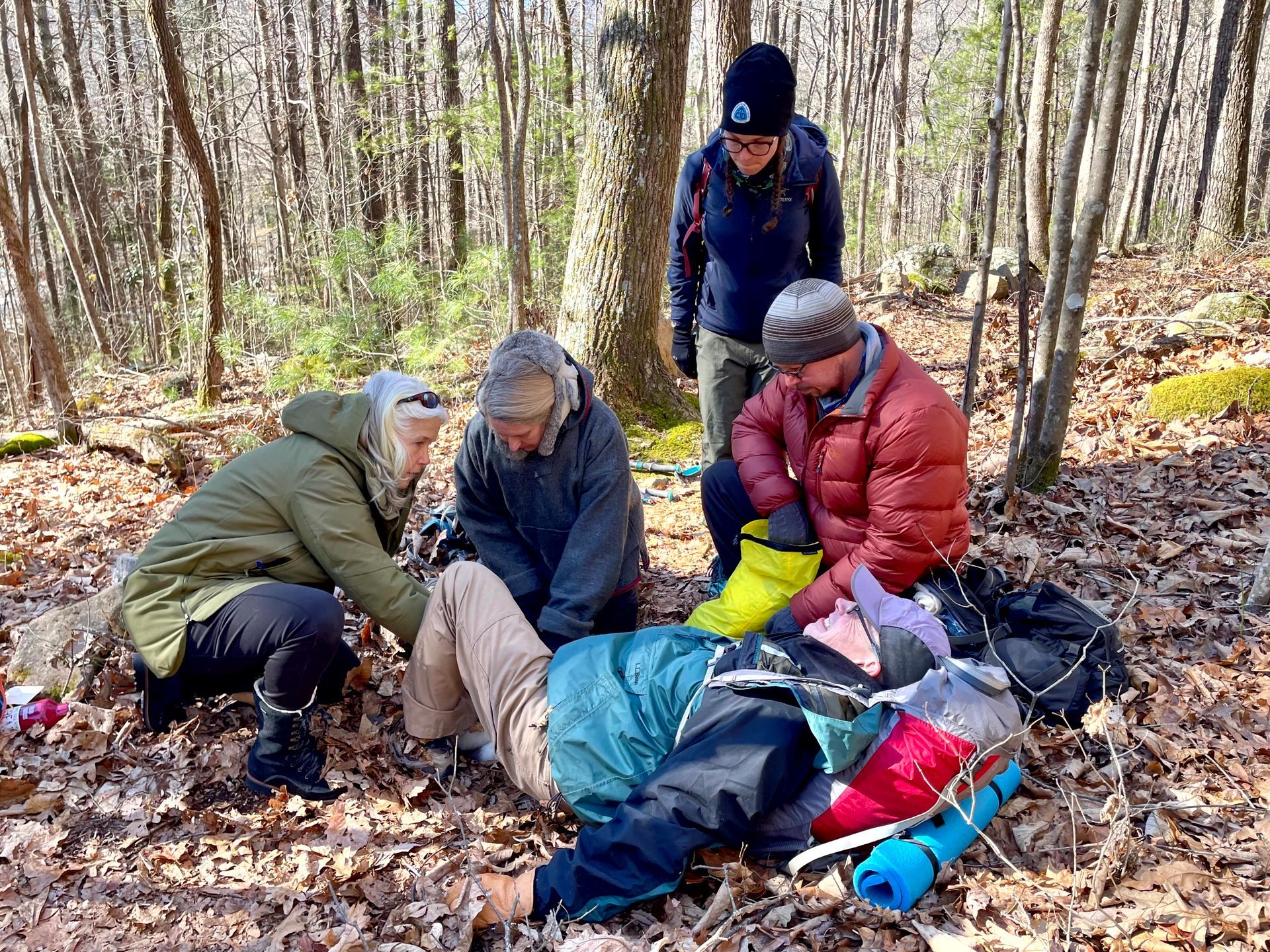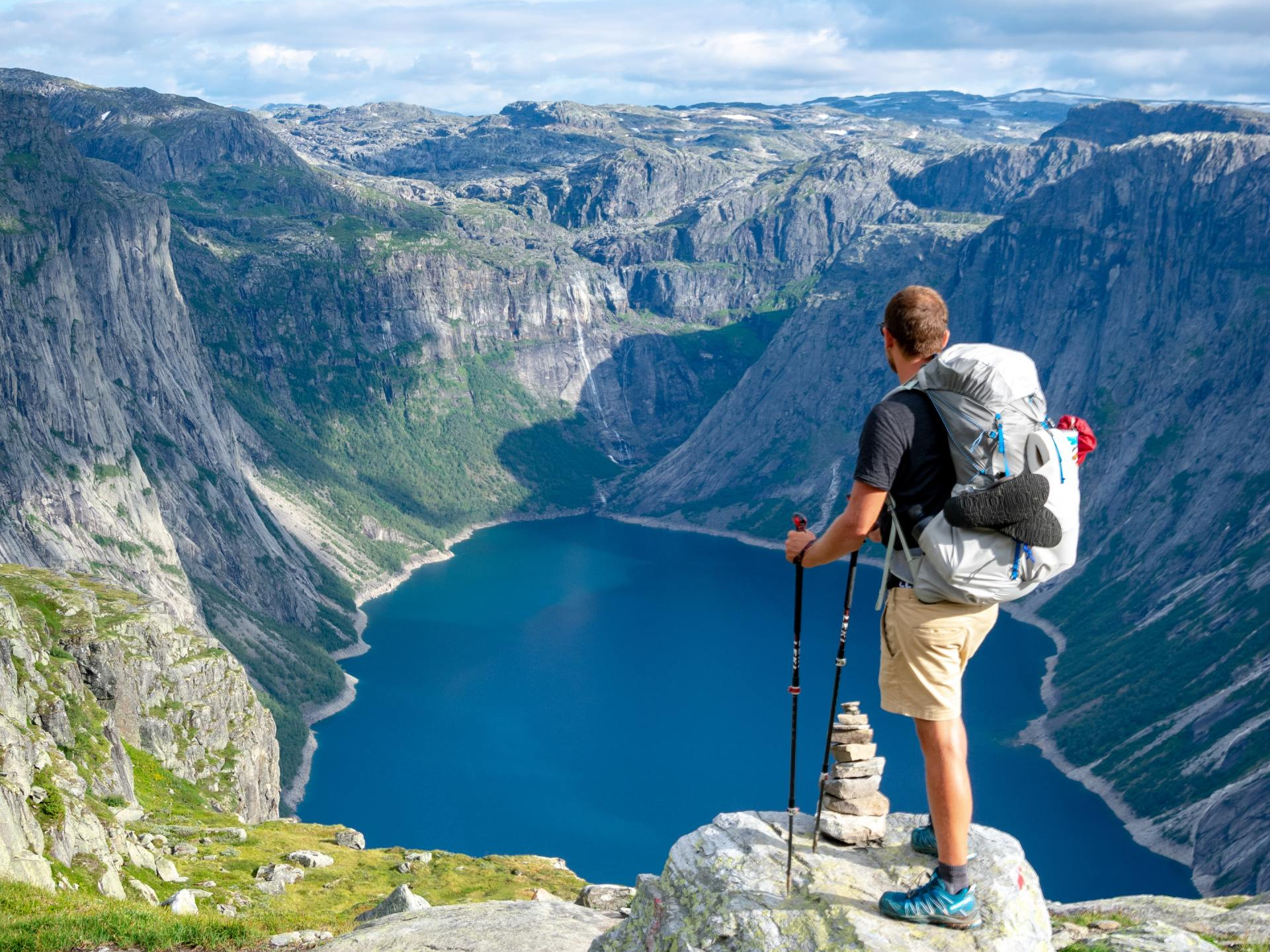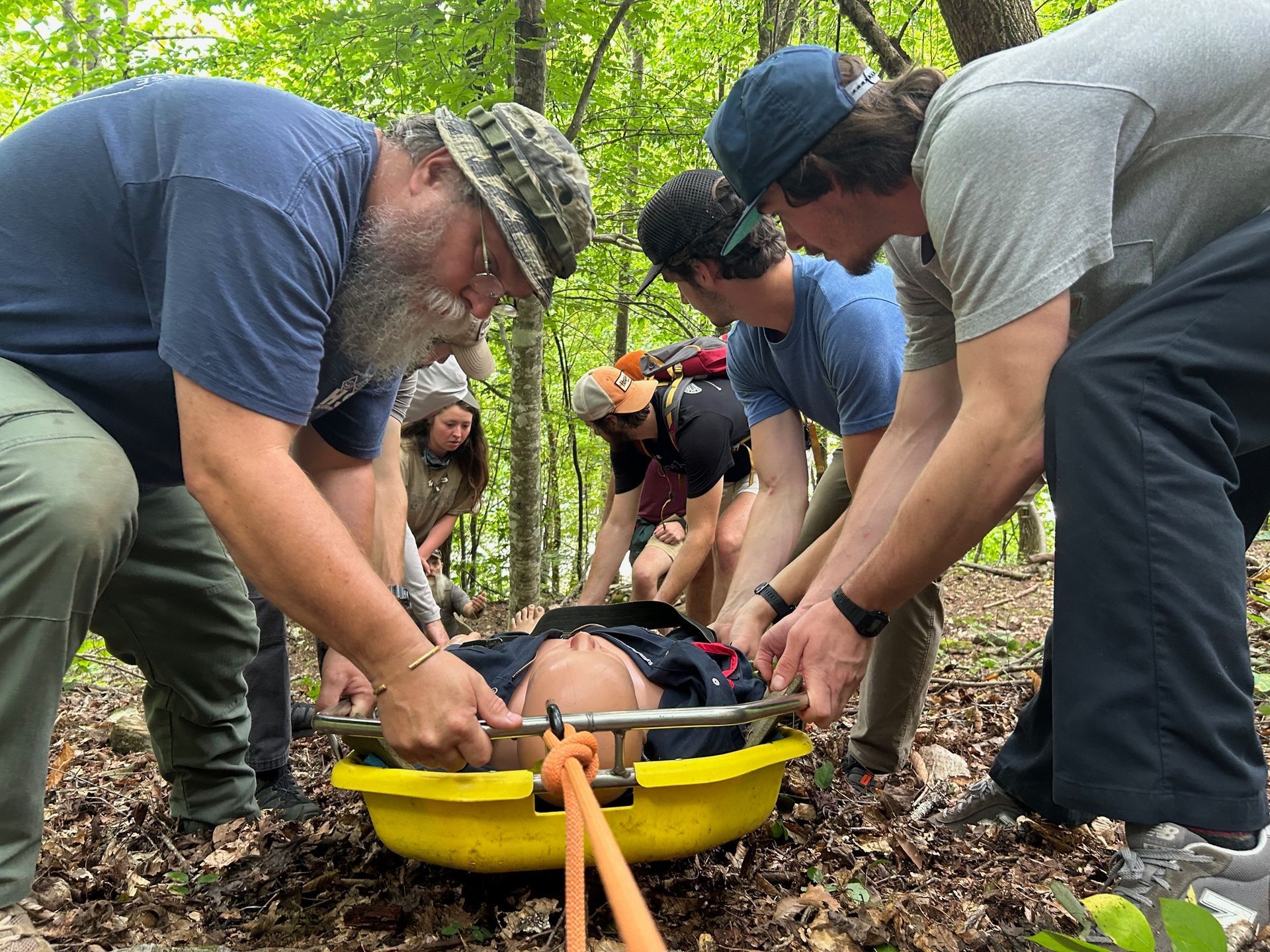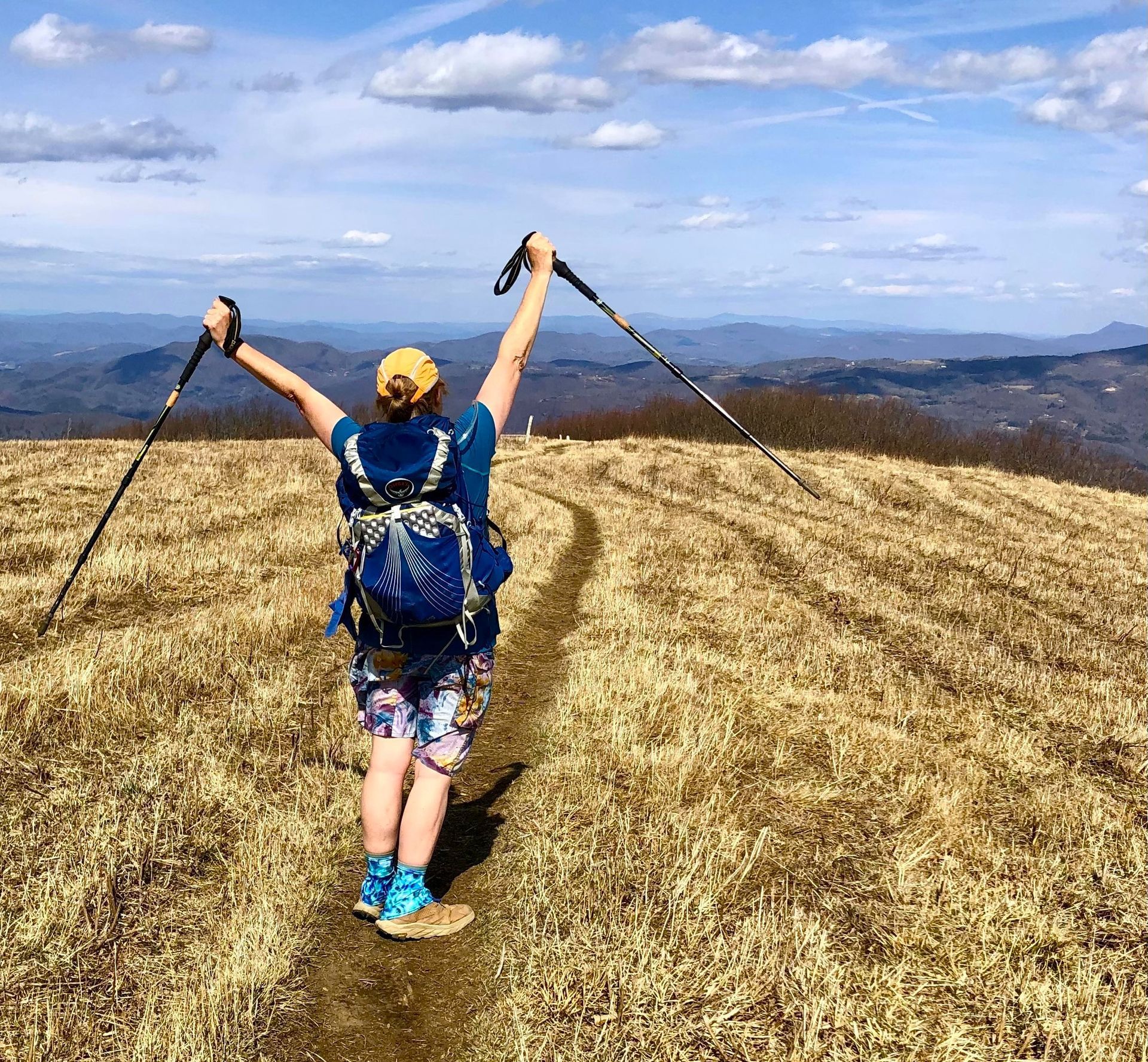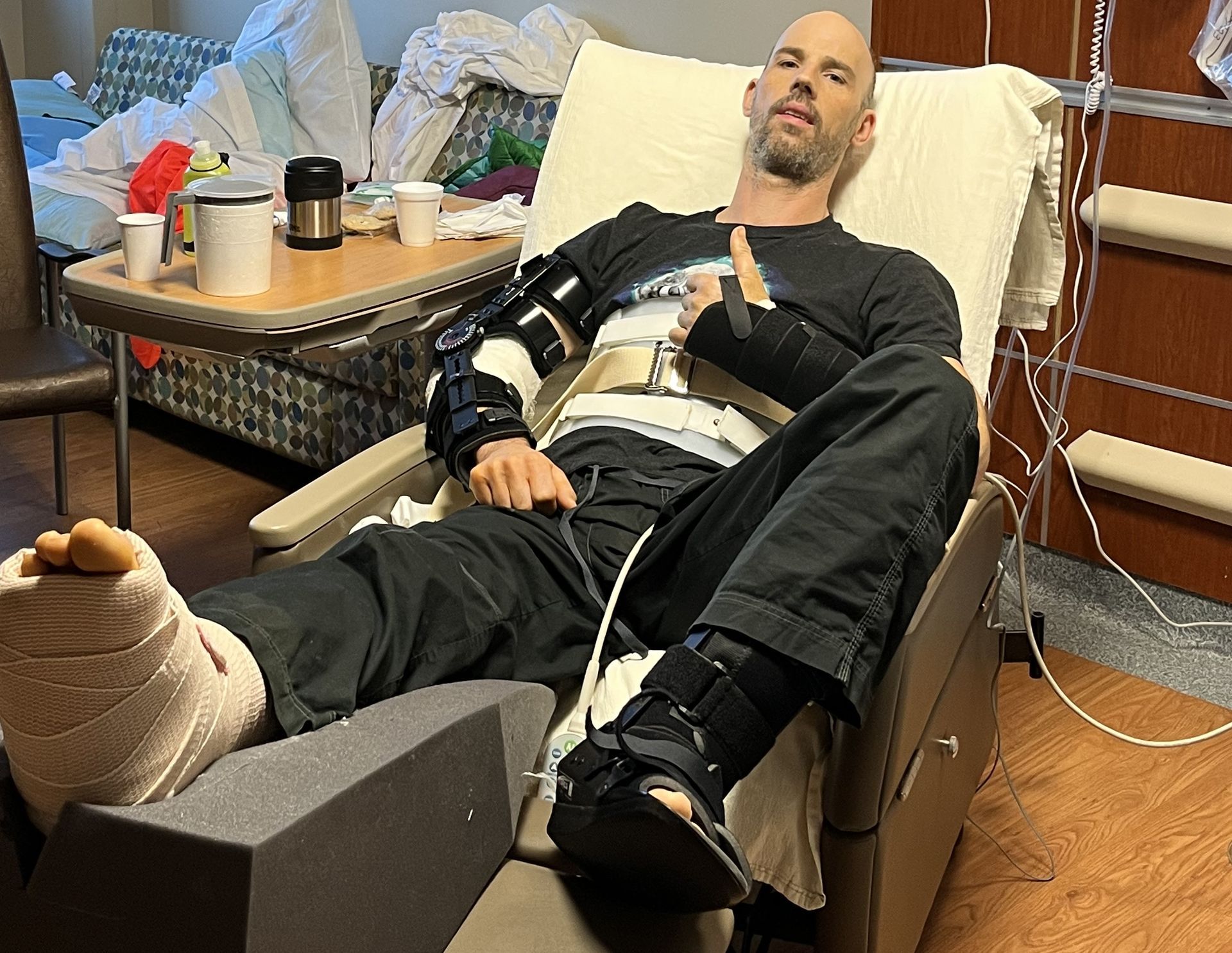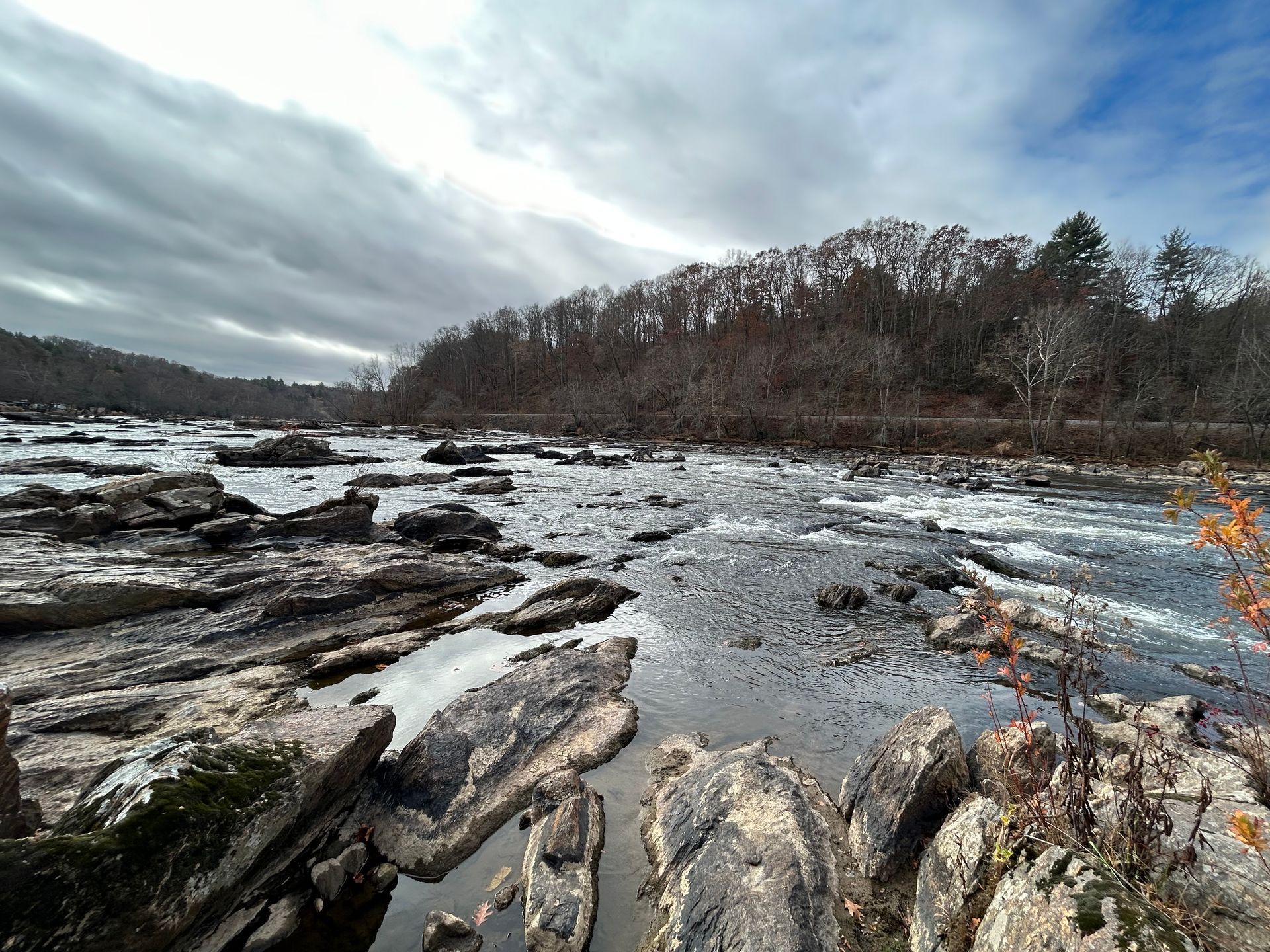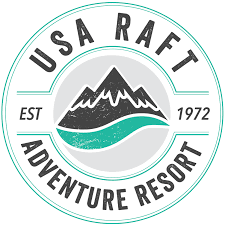Adventure is Calling & We are Ready!
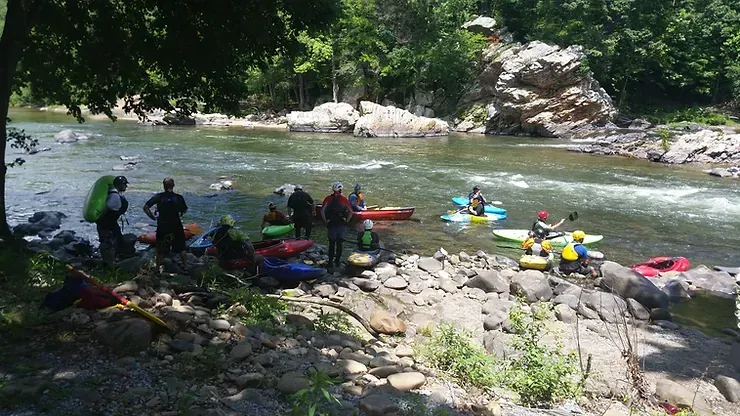
I'm certainly not telling you anything that you don't know already when I say this has been an interesting year so far. We've all been impacted by COVID-19 and NOLI is no exception. In response to growing concerns over the pandemic we shut down operations on March 14, the day after wrapping up our first wilderness navigation class of the season. Shortly after, Tennessee and North Carolina issued stay-at-home orders and shut down all non-essential activity and businesses, including outdoor recreation-based businesses. With the stay-at-home orders lifted in early May and recreation-based businesses authorized to re-open per TN Executive Order 35 on May 11, as well as a regional downtrend in COVID-19 cases, we have made the decision to re-open on June 8.
We are super excited to start classes again and look forward to spending time with you outdoors doing what we all love. Your safety remains our top priority and, as such, we have developed a risk-mitigation plan to protect our participants, instructors and the community-at large that will in some cases include changes to our curriculums and practices. This strategy is informed by direction and guidance from the CDC, our NOLI Physician Advisory Committee, state and federal government and our credentialing bodies. We have a number of measures in place but we can boil it down to four main ones:
- Social distancing - We ask that participants maintain at least 6 feet of separation from others not in their household whenever possible. In most cases we have decreased class size to allow more space to do this
- Masks - All participants and instructors will be required to wear cloth face coverings such as a bandana or Buff-style neck-gaiter when social distancing is not possible
- Hand hygiene - We ask that everyone clean their hands with soap and water or hand sanitizer throughout the day
- Increased cleaning procedures - We will do routine sanitizing of all high-use areas
Although these measures will result in some changes to the way we do things we are as committed as ever to providing the same high quality experiences that are educational, safe and fun! As we enter our third year our core disciplines remain the same: whitewater & flatwater kayaking, whitewater canoeing, water safety & rescue, wilderness medicine, wilderness survival & navigation, backpacking & camping, and conservation & stewardship. So, what do we have in store for each of these in 2020? Let's get to it!
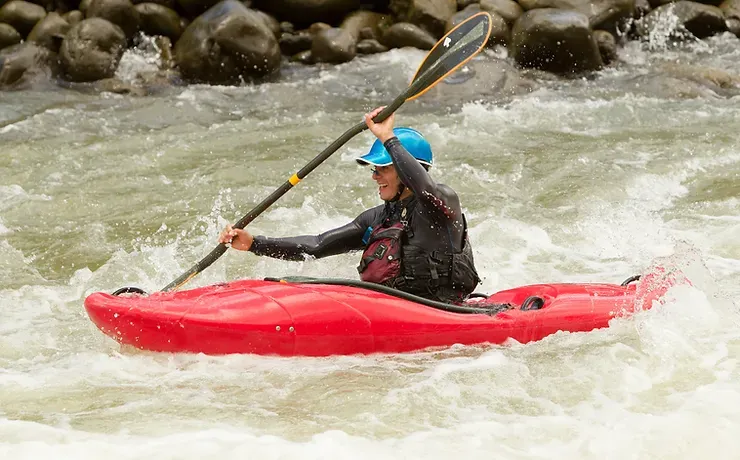
Kayaking & Canoeing
We will pick back up with our group and private instruction for beginner through advanced level paddlers, from those who have never sat in a canoe or kayak before to those looking to step up their game on more challenging waterways. Our flatwater kayak fun day continues to grow in popularity, affording individuals, families and groups the opportunity to come out to one of our beautiful lakes in the region to learn the basics of kayaking and then enjoy a paddle tour to an island for lunch. Kayaks and equipment are provided for all our classes. We will also be having our ACA Level 4 Whitewater Kayak Instructor Certification Course in Jul/Aug. And our exceptional whitewater canoe classes are returning as well for those wishing to master the art of the single blade.
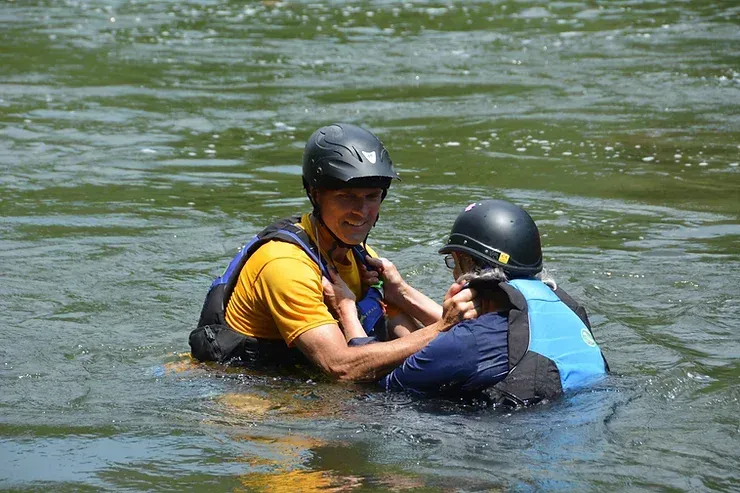
Water Safety & Rescue
We will be conducting our standard array of safety and rescue classes with a few exceptions. For our whitewater paddlers and professional rescuers out there you will be happy to know that we are still doing our ACA Level 4 Basic Swiftwater Rescue Course, with some modifications to avoid person-to-person contact. We have suspended our scenario-based advanced rescue classes for now due to the close contact required. We have added an ACA Level 3 River Safety & Rescue Instructor Class this year in partnership with paddle clubs across the state to increase the number of qualified instructors out there in the community. And we are also adding a Flatwater Safety and Rescue Class aimed at educating recreational paddlers and kayak fishermen on how to be safe the next time they are out on the lake or ocean. We still see too many accidents and near-misses each year among recreation paddlers and our hope is that this class, as part of our new Water Safety Initiative, will help to reverse that trend.
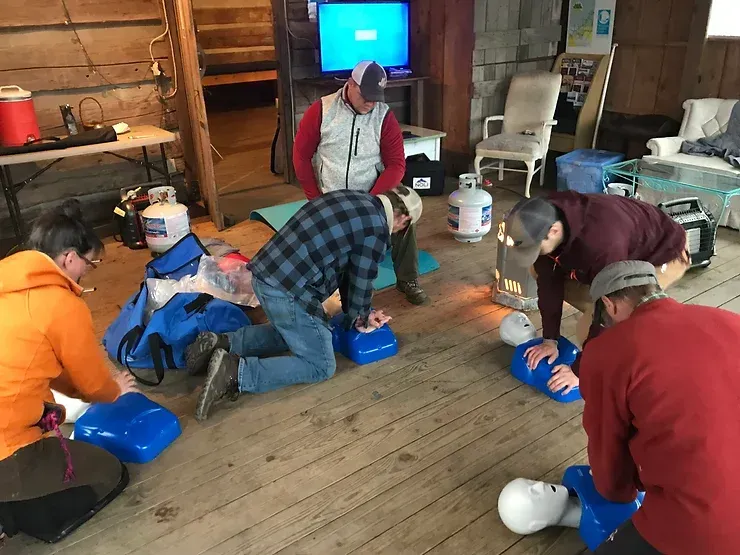
Wilderness Medicine
Our first aid and CPR course offerings - Wilderness First Aid (WFA), Basic First Aid and CPR/AED - are back this year and have all been modified to avoid person-to-person contact. These come with ASHI certification good for 2 years and are as important as ever for outdoor enthusiasts of all kinds. If you spend any time in the backcountry (or in town for that matter) do yourself and others a favor and sign up for this training. You'll be glad you had it if ever needed.
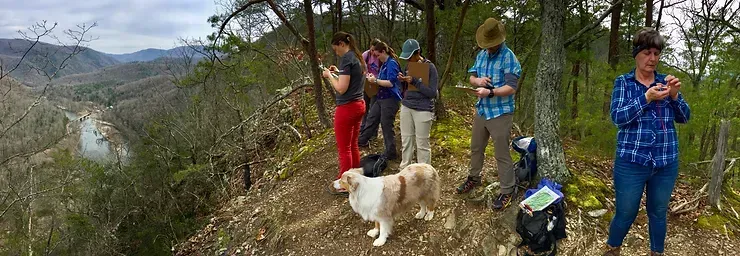
Wilderness Survival & Navigation
Our survival and wilderness navigation classes continue to grow and attract folks from throughout the southeast and beyond. You may have seen the Amazon Prime show AWOL - Air, Water or Land that profiled Northeast Tennessee and included a segment on NOLI and footage from our camp on Survival Island, where we conduct many of our classes. Our one and two-day survival classes return and focus on teaching participants how to survive and thrive when the unexpected happens and we have only ourselves to rely on to return home safely. Our focus in on the first 72 hours - the most critical timeframe in a survival situation - and participants spend time learning the 7 priorities of survival including shelter building and fire making. And our wilderness navigation classes return as well, where participants learn the increasingly rare art of map and compass use and then get to apply their new skills during a beautiful hike. The growing popularity of these classes indicate that people crave this back-to-basics training.
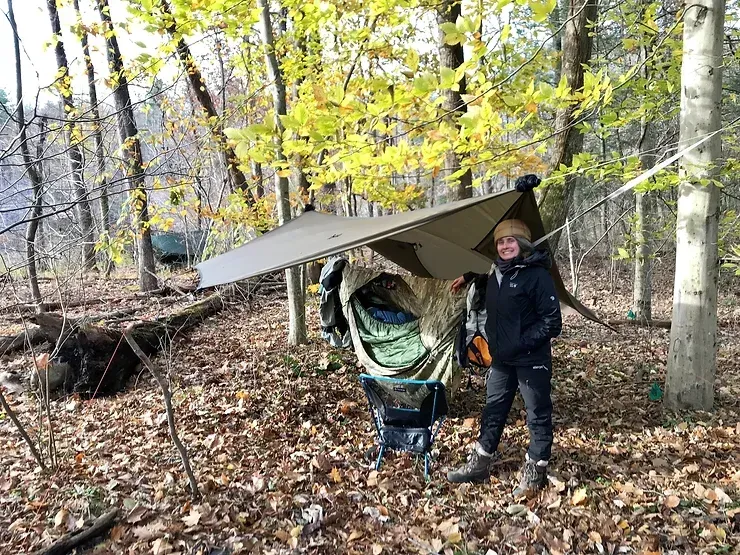
Backpacking & Camping
If anything, the COVID crisis has shown us that people want to get outdoors more and that includes backpacking and camping. We have a great lineup for you again this year on these activities including our Backpacking 101 Class, Hammock Camping, Kayak Camping and Dutch Oven Cooking. So come on out for these fun and informative classes and get a leg up the next time you head to the back country or front country for an overnight stay. We also have a free Backpacking talk coming up on June 25 at Mahoney's Outfitters and invite you to join us. Look for the event to be posted soon.
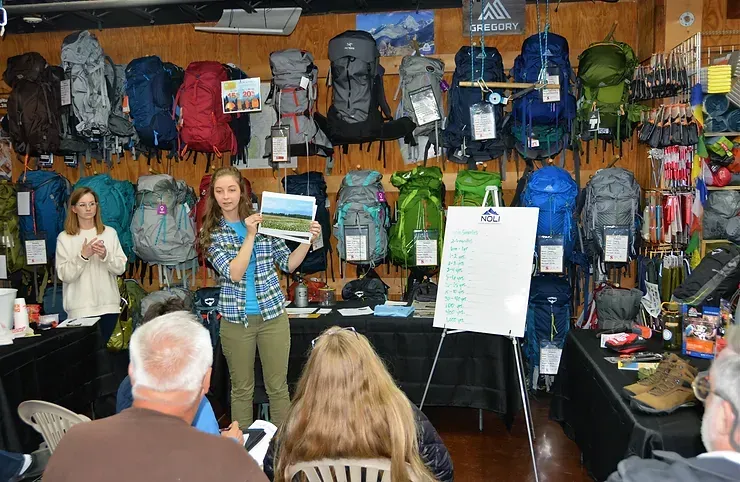
Conservation & Stewardship
Our conservation and stewardship classes continue to be at the heart of what we are about at NOLI - the responsible use and protection of our natural places. Our Leave No Trace workshops return and help provide participants with the principles and context they need to help ensure that when we go out to enjoy our favorite activities outdoors we leave these places no worse, and maybe better, than how we found them. We do these awareness workshops for free for any group interested - we just did one via livestream last month for a hiking club - so all you need do is contact us to set one up.
We also want to let you know about a new calendar feature on our website. We had received a number of requests for this and finally figured out the best way to do it. You can now select the calendar tab on the menu bar and see all classes coming up in one place. You can also search for an upcoming class date by course title by selecting Courses & Instruction.
Lastly, we want to remind everyone that we remain committed to providing outdoor experiences and instruction for all people, regardless of ability to pay. We don't believe that access to the outdoors, including education, should be limited by financial means. For more information on scholarships contact us at info@nolilearn.org.
So to wrap up, stay safe, look out for one another and get outside. We'll see you there!
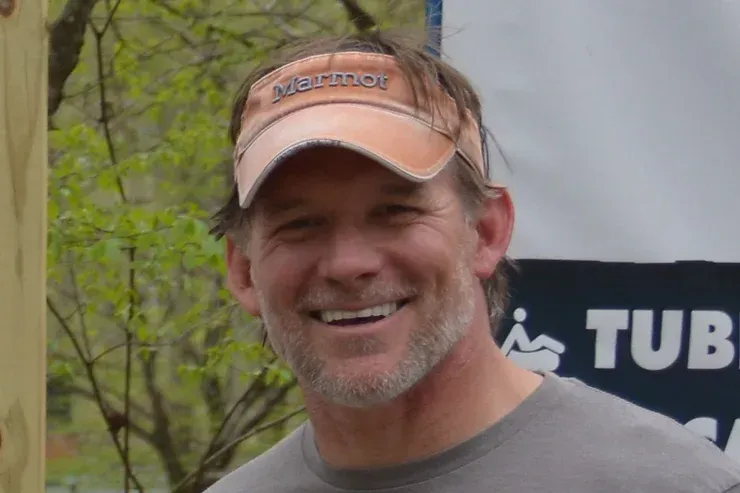
Scott Fisher is the founder and owner of the Nolichucky Outdoor Learning Institute.

